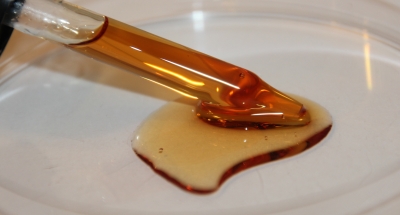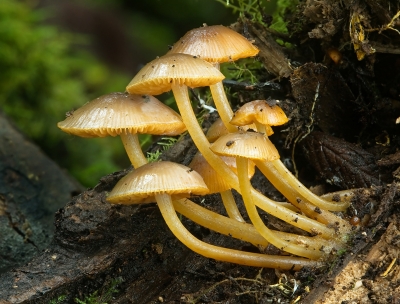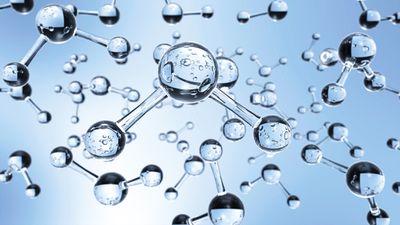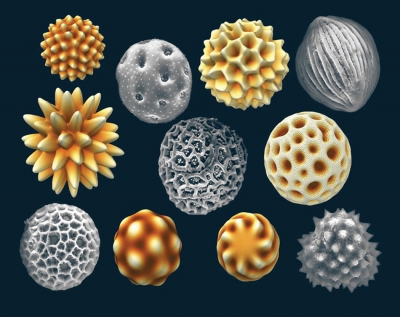Which evolutionary biologist was a proponent of the endosymbiosis hypothesis?

The 1967 article “On the Origin of Mitosing Cells” in the Journal of Theoretical Biology by Lynn Margulis (then Lynn Sagan) is widely regarded as stimulating renewed interest in the long-dormant endosymbiont hypothesis of organelle origins.
In 1966, as a young faculty member at Boston University, Margulis wrote a theoretical paper titled "On the Origin of Mitosing Cells". The paper, however, was "rejected by about fifteen scientific journals," she recalled. It was finally accepted by Journal of Theoretical Biology and is considered today a landmark in modern endosymbiotic theory. Weathering constant criticism of her ideas for decades, Margulis was famous for her tenacity in pushing her theory forward, despite the opposition she faced at the time. The descent of mitochondria from bacteria and of chloroplasts from cyanobacteria was experimentally demonstrated in 1978 by Robert Schwartz and Margaret Dayhoff. This formed the first experimental evidence for the symbiogenesis theory. The endosymbiosis theory of organogenesis became widely accepted in the early 1980s, after the genetic material of mitochondria and chloroplasts had been found to be significantly different from that of the symbiont's nuclear DNA.
Picture Credit : Google













